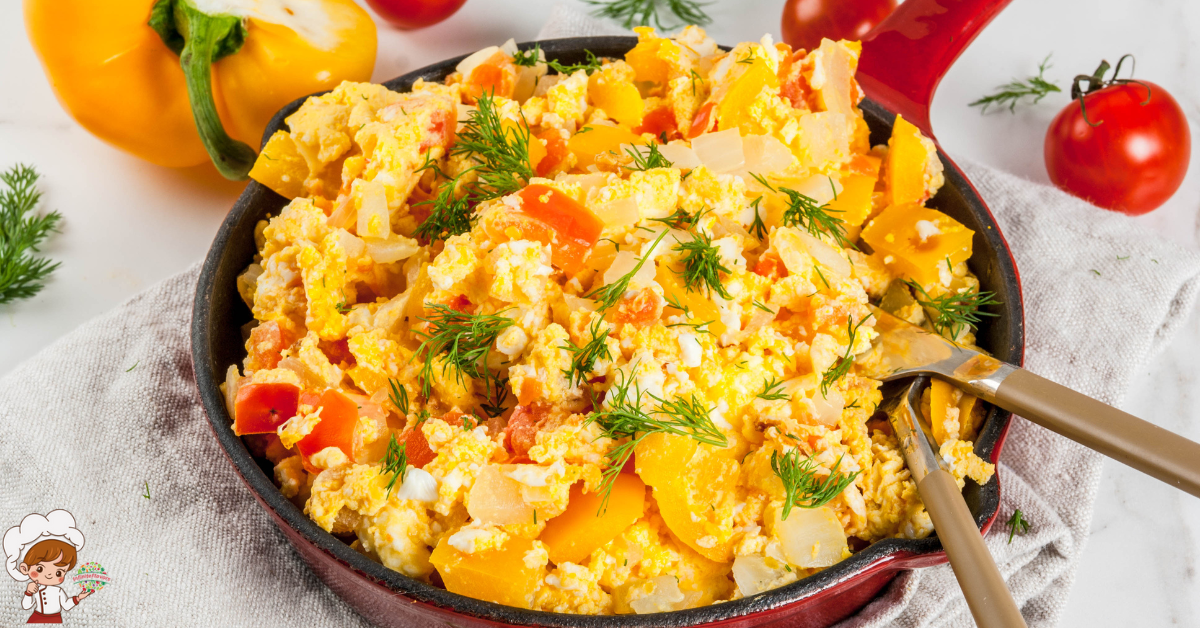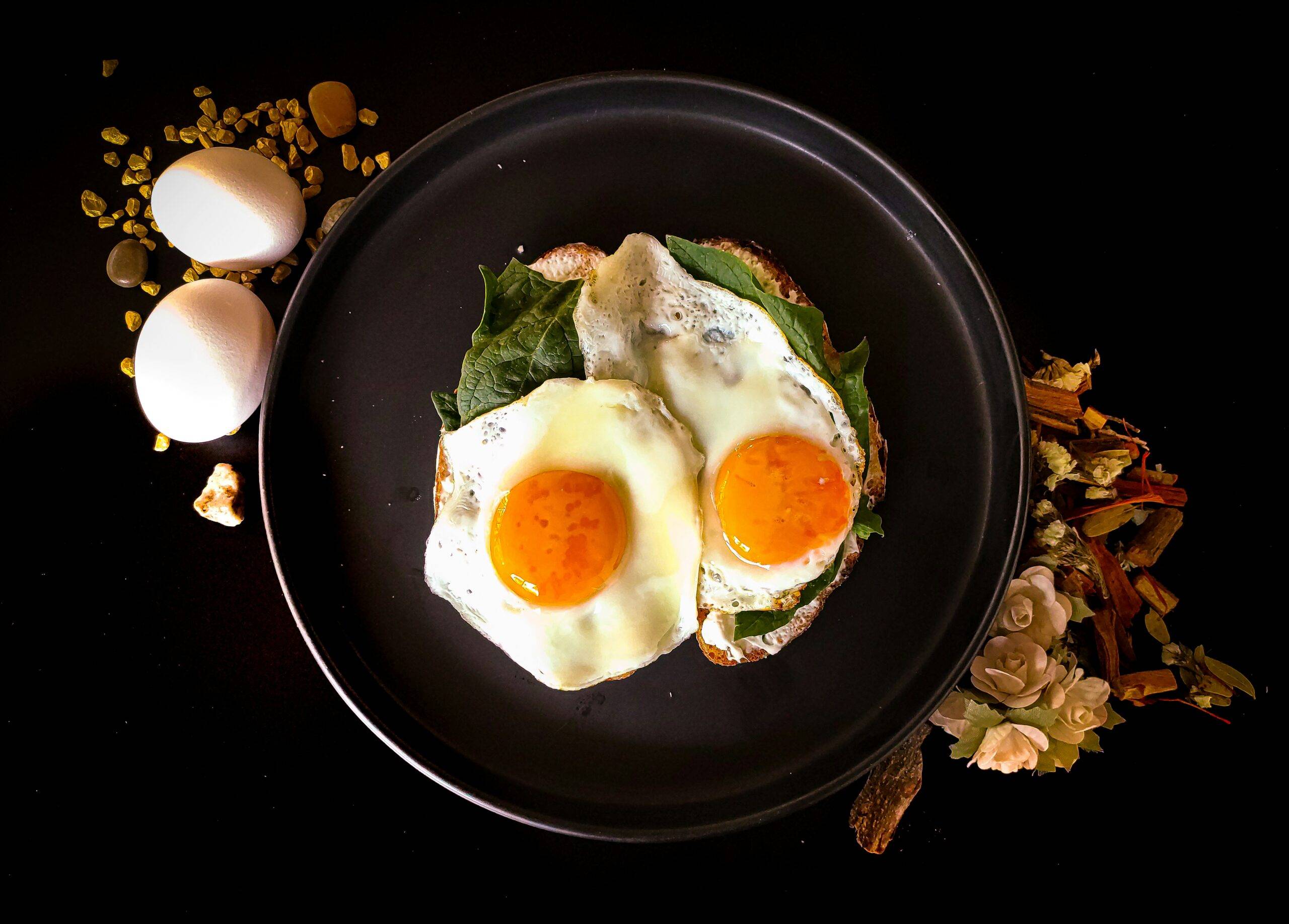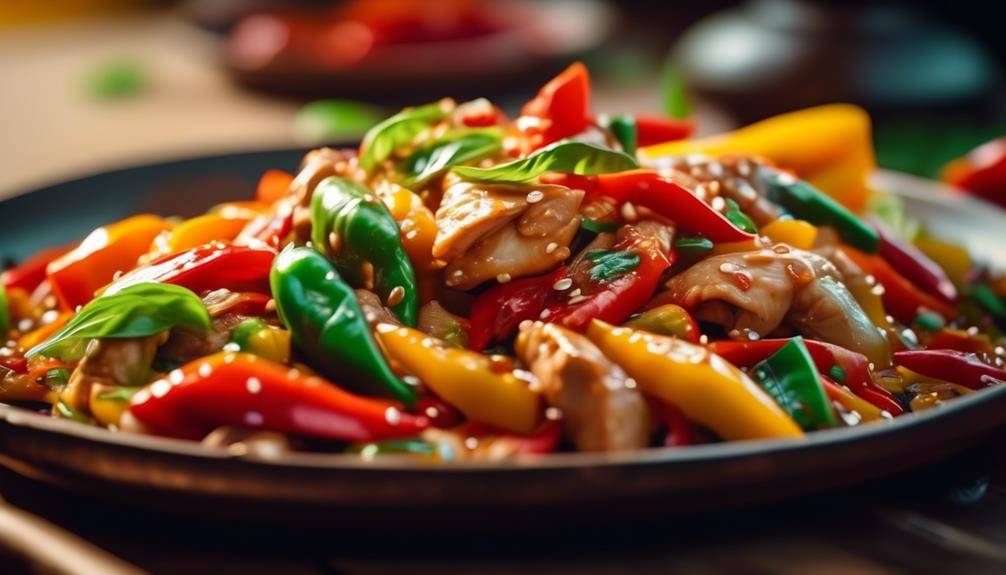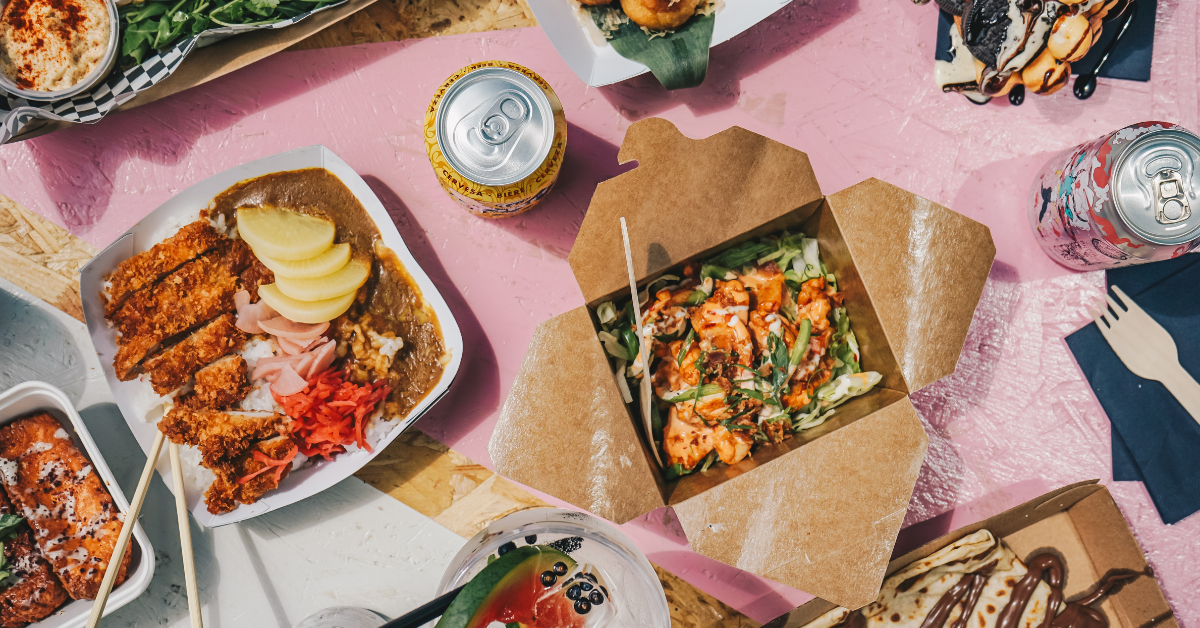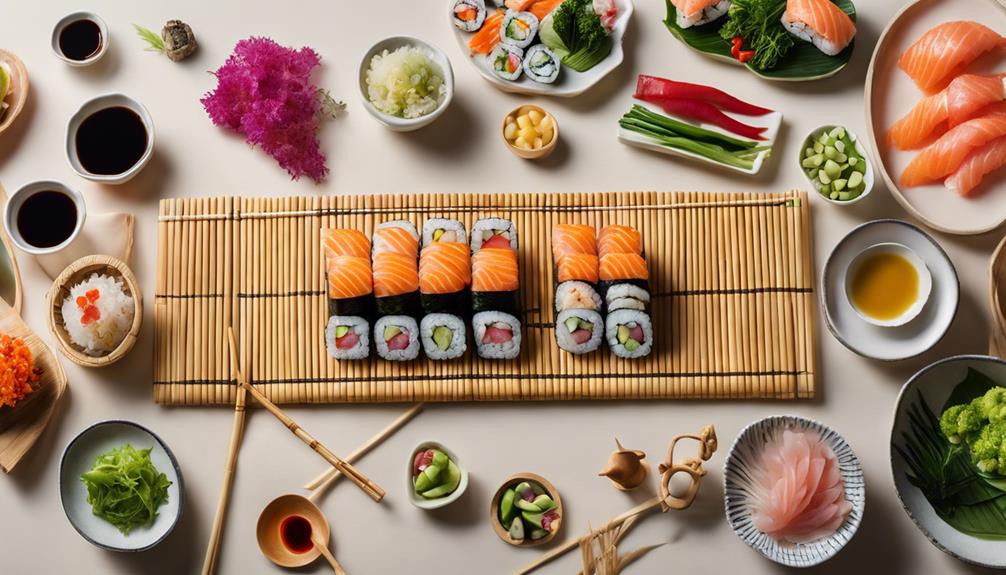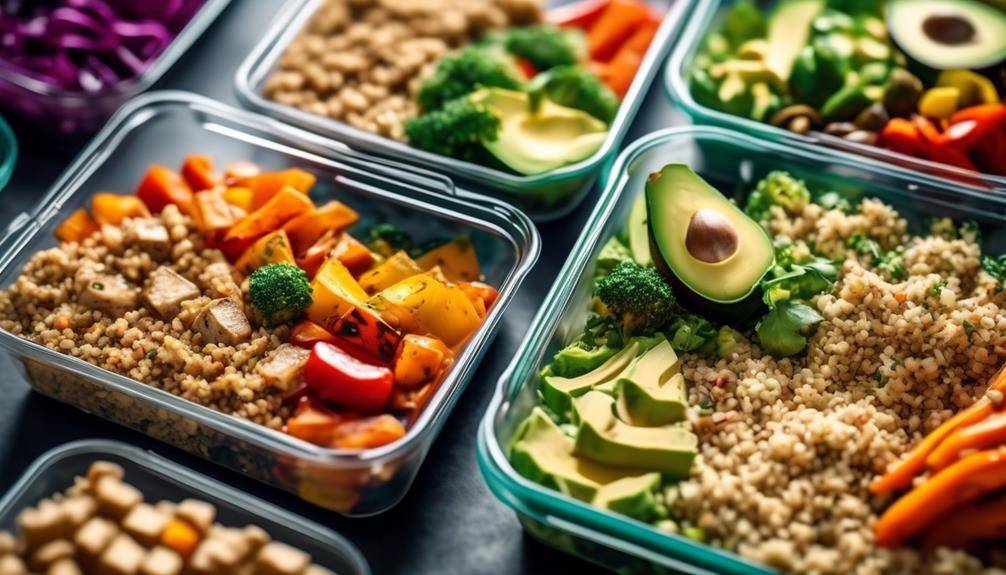The Best French Culinary Traditions
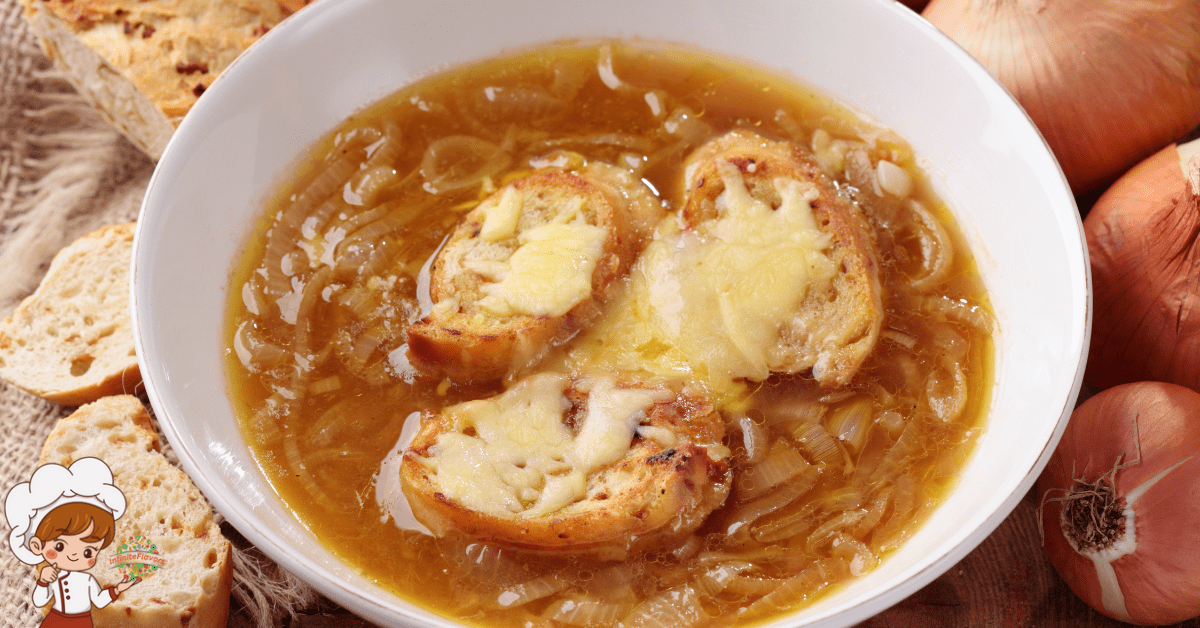
The Best French Culinary Traditions; Step into a world where culinary artistry meets centuries-old traditions. Experience the rich tapestry of flavors that define French cuisine. From delicate pastries to hearty stews, the juxtaposition of simplicity and sophistication will leave you craving for more. As you savor each bite, you’ll discover the stories behind iconic dishes like Coq Au Vin and Boeuf Bourguignon, and unravel the secrets of classic French sauces and techniques. But the journey doesn’t stop there.
Explore the art of cheese making and the intricate dance between French wine and delectable pairings. From the bustling streets of Paris to the charming villages of Provence, immerse yourself in the regional specialties that make French cuisine so diverse. Prepare to be captivated by the influences and innovations that have shaped this culinary tradition. Are you ready to embark on a tantalizing voyage through the heart of French culinary traditions?
The Origins of French Cuisine
The Origins of French Cuisine can be traced back to a rich tapestry of historical, cultural, and geographical influences that have shaped its distinct flavors and culinary techniques. French culinary traditions have evolved over centuries, with various civilizations leaving their mark on the cuisine. One of the earliest influences on French cooking can be attributed to the Romans, who introduced cooking techniques such as sautéing and simmering.
However, it was during the Middle Ages that French culinary techniques truly began to take shape. The influence of the Catholic Church played a significant role in the development of French cuisine, as religious customs dictated the types of food that could be consumed on certain days. This led to the creation of dishes like bouillabaisse, a fish stew that was traditionally eaten on Fridays. The use of herbs and spices, such as thyme and rosemary, also became prevalent during this time.
During the Renaissance, French cuisine was further influenced by Italian cooking techniques. Catherine de’ Medici, an Italian noblewoman who married into the French royal family, brought with her a team of Italian chefs and introduced new ingredients like artichokes and truffles. This fusion of Italian and French culinary traditions laid the foundation for many classic French dishes that are still enjoyed today.
In the 17th and 18th centuries, French culinary influences reached their peak with the establishment of the royal court at Versailles. French aristocracy embraced the art of fine dining, leading to the development of elaborate dishes and complex cooking techniques. This era saw the birth of haute cuisine, characterized by intricate preparations and meticulous presentation.
The Origins of French Cuisine can be attributed to a diverse range of influences throughout history. From the Romans to the Middle Ages, the Renaissance to the royal court at Versailles, each period has contributed to the rich culinary heritage that defines French cuisine today. The blending of techniques and flavors from various cultures has resulted in a cuisine that is known for its sophistication and elegance.
Traditional French Breads and Pastries
French boulangeries and patisseries have long been renowned for their exquisite range of traditional breads and pastries, showcasing the skill and artistry that has been passed down through generations.
- French Breads:
- Baguette: The iconic baguette is a staple in French cuisine. With its crispy crust and soft, chewy interior, it is often enjoyed fresh out of the oven. Dating back to the early 19th century, the baguette quickly became a symbol of French culture and is now a beloved accompaniment to meals.
- Croissant: The buttery and flaky croissant is a testament to the French mastery of pastry. Originating from Austria, it was further perfected in France. The layers of butter and dough create a delicate texture that is both light and indulgent.
- French Pastries:
- Pain au Chocolat: This delectable pastry, also known as chocolate croissant, is a favorite among locals and tourists alike. Made with layers of buttery, flaky pastry dough and filled with rich chocolate, it is a delightful treat for breakfast or an afternoon snack.
- Éclair: The éclair is a classic French pastry that has become synonymous with elegance and refinement. Traditionally filled with a smooth and creamy custard, it is then topped with a glossy layer of chocolate ganache. The elongated shape and delicate presentation make it a true showstopper.
These traditional French breads and pastries are not only delicious but also represent the rich culinary history of France. They symbolize the dedication and craftsmanship of generations of bakers and pastry chefs who have perfected their techniques over time. Whether enjoyed as a simple baguette or indulging in a decadent pain au chocolat, these exquisite creations continue to captivate taste buds and evoke a sense of French gastronomy at its finest.
Classic French Sauces and Techniques
When it comes to traditional French sauces, there is a rich history and a wide variety to explore. From the velvety smoothness of béarnaise to the tangy complexity of hollandaise, these sauces have become essential components of French cuisine. Mastering the techniques required to create these sauces is a fundamental skill in French cooking, as they showcase the precision and attention to detail that is characteristic of the culinary traditions of France.
Traditional French Sauces
Exploring the rich tapestry of French culinary traditions, one cannot overlook the exquisite artistry found in the realm of traditional sauces. These sauces are an integral part of French cuisine, with origins dating back centuries. Traditional French sauces are known for their complex flavors and the essential cooking techniques used to create them.
- Traditional French Sauces:
- Classic French Sauces and Techniques:
- Coq au Vin: A classic French recipe that showcases the use of red wine and mushrooms in a rich sauce, served over braised chicken.
- Boeuf Bourguignon: Another iconic French dish, this stew features tender beef simmered in a red wine sauce with onions, carrots, and bacon.
- Ratatouille: Originating from the Provence region, this vegetable stew highlights the flavors of tomatoes, eggplant, zucchini, and bell peppers in a savory sauce.
- Regional Variations:
- Ingredients and Preparation: Each region in France has its own unique take on traditional sauces, incorporating local ingredients and cooking techniques.
- The Art of French Cheese Making: Many traditional sauces are enhanced by the addition of French cheeses, adding richness and depth of flavor.
- Celebrating French Wine and Pairings: French sauces often feature the use of wine, which pairs beautifully with the local cuisine and enhances the overall dining experience.
- Influences and Innovations in French Cuisine: Over the years, French sauces have evolved, incorporating new ingredients and techniques while still staying true to their traditional roots.
Essential Cooking Techniques
To truly appreciate the mastery behind traditional French sauces, one must delve into the essential cooking techniques that have been honed and perfected over centuries. These essential cooking techniques form the foundation of French cuisine and are integral to creating the rich and complex flavors found in classic French dishes. One of the most important techniques is the art of making a roux, a mixture of flour and fat that serves as the base for many sauces.
Another essential technique is the reduction, which involves simmering a liquid to concentrate its flavors. Additionally, emulsification is a key technique used to create creamy and stable sauces, such as hollandaise. These traditional cooking techniques require precision, patience, and a deep understanding of flavors, and they continue to be passed down from generation to generation, ensuring that the art of French cuisine lives on.
Iconic French Dishes: Coq Au Vin
Coq Au Vin, one of the most iconic French dishes, is a classic recipe that showcases traditional cooking techniques and regional variations. This hearty dish features tender chicken, braised in red wine along with onions, mushrooms, and bacon. Its origins can be traced back to the Burgundy region of France, where it was traditionally made with a rooster, simmered in wine to tenderize the tough meat.
Classic French Recipe
French culinary traditions have given rise to a plethora of iconic dishes, one of which is the beloved Coq Au Vin.
- Ingredients:
- 1 chicken, preferably a rooster
- Bacon or lardons
- Button mushrooms
- Pearl onions
- Garlic cloves
- Red wine, preferably Burgundy
- Chicken stock
- Bouquet garni (a bundle of herbs)
- Flour
- Butter
- Salt and pepper
- Cooking instructions:
- Start by browning the bacon/lardons, then remove and set aside.
- Season the chicken with salt and pepper, then brown it in the same pan.
- Remove the chicken and add the onions, mushrooms, and garlic, cooking until golden.
- Sprinkle flour over the vegetables and stir well.
- Add the red wine and chicken stock, bringing it to a simmer.
- Return the chicken and bacon to the pan, adding the bouquet garni.
- Cover and simmer for about 1.5 to 2 hours, until the chicken is tender.
Coq Au Vin is a dish rooted in history, traditionally made with an older rooster that was tougher and required slow cooking in wine to become tender. The rich flavors of the red wine, bacon, and vegetables meld together during the long cooking process, creating a deliciously complex sauce. The dish is typically served with crusty bread or potatoes to soak up the sauce. Coq Au Vin is a testament to the French culinary tradition and a true classic that continues to be enjoyed by many today.
Traditional Cooking Techniques
As we delve into the realm of traditional cooking techniques, we now turn our attention to one of the iconic French dishes that epitomizes the rich culinary heritage of France: Coq Au Vin. This classic dish showcases the traditional cooking techniques that have been passed down through generations in French cuisine. Coq Au Vin is a slow-cooked dish that involves braising chicken in red wine, along with aromatic vegetables and herbs.
The dish is cooked slowly over low heat, allowing the flavors to meld together and the chicken to become tender and succulent. This technique of slow cooking not only infuses the dish with rich flavors but also helps to tenderize the meat. While modern culinary trends often emphasize quick and convenient cooking methods, traditional techniques like slow cooking in Coq Au Vin highlight the importance of patience and attention to detail in French cuisine.
Regional Variations
Regional variations of this iconic dish showcase the diverse culinary traditions found throughout different regions of France. Coq au Vin, a classic French dish of chicken braised in red wine, has been adapted and modified in various ways across the country. The regional variations of Coq au Vin highlight the influences and innovations that have shaped French cuisine over the centuries. Here are two examples of how this dish differs from one region to another:
- In Burgundy, where Coq au Vin originated, the dish is traditionally made with red wine, mushrooms, and onions. The chicken is marinated in red wine overnight, resulting in a rich and flavorful stew.
- In the Alsace region, Coq au Riesling is a popular variation. Here, the dish is made with white wine, giving it a lighter and slightly sweeter taste. It is often prepared with bacon, onions, and herbs, adding a unique twist to the traditional recipe.
These regional variations not only showcase the diverse flavors of French cuisine but also reflect the local ingredients and culinary traditions of each region.
Iconic French Dishes: Boeuf Bourguignon
Boeuf Bourguignon, a classic dish hailing from the Burgundy region of France, has a rich and storied history that reflects the culinary excellence and cultural significance of French cuisine. This iconic dish, often referred to as beef Burgundy, is a hearty stew that showcases the flavors of the region. While there are regional variations of Boeuf Bourguignon, the basic ingredients and preparation remain consistent.
In Burgundy, the traditional recipe calls for beef, preferably from the Charolais breed, which is simmered slowly in red wine along with aromatic vegetables such as carrots, onions, and garlic. The wine used in the dish is typically a red Burgundy, which adds depth and complexity to the stew. The meat is often marinated in wine beforehand to enhance its flavor. Additionally, bacon lardons, mushrooms, and bouquet garni (a bundle of herbs tied together) are commonly added to further enhance the taste.
The preparation of Boeuf Bourguignon is a labor of love. The beef is first seared to lock in the flavors, then braised in the wine and vegetables for several hours until it becomes tender and succulent. This slow cooking process allows the flavors to meld together, creating a dish that is rich and flavorful.
While the traditional recipe remains the same, there are regional variations of Boeuf Bourguignon throughout France. In some areas, the dish may include potatoes or other vegetables, while others may use different cuts of beef or substitute the red wine with white wine or even beer. These variations highlight the adaptability and creativity of French cuisine.
Boeuf Bourguignon is not just a dish; it is a testament to the culinary heritage of France. Its timeless appeal and enduring popularity serve as a reminder of the cultural significance of French cuisine. So, the next time you savor a bowl of Boeuf Bourguignon, take a moment to appreciate the history and craftsmanship behind this iconic French dish.
Iconic French Dishes: Ratatouille
Now let’s explore the iconic French dish: Ratatouille. This classic Provençal dish has a rich history that dates back to the 18th century. It originated in the region of Nice and was traditionally a peasant dish made with humble ingredients like tomatoes, eggplants, zucchini, bell peppers, onions, and garlic. The preparation involves slow-cooking the vegetables together, allowing their flavors to meld and create a harmonious medley of tastes. Despite its simple origins, Ratatouille has gained worldwide recognition for its rustic charm and delightful flavors.
Origin and History
Ratatouille, a beloved dish of French cuisine, has a rich and fascinating history that spans centuries. It is a reflection of the French culinary traditions and the evolution of flavors over time. The dish originated in the region of Provence, where farmers would use the abundant summer vegetables to create a hearty and flavorful stew.
Traditionally, ratatouille consisted of tomatoes, eggplant, zucchini, bell peppers, onions, and garlic, all cooked slowly to bring out the natural sweetness of the ingredients. However, with the impact of globalization, ratatouille has undergone some changes, with variations including additional ingredients like herbs, spices, and even meat. Despite these adaptations, the essence of ratatouille remains rooted in the simplicity and rustic charm of traditional French cooking.
Ingredients and Preparation
With its roots in the region of Provence, ratatouille has evolved over time to become one of the most iconic dishes in French cuisine, known for its distinctive combination of summer vegetables and flavorful preparation methods. Ratatouille is a medley of vegetables, typically including eggplant, zucchini, bell peppers, onions, and tomatoes. The vegetables are sliced or diced and then sautéed in olive oil until they become tender and slightly caramelized.
This cooking technique brings out the natural sweetness of the vegetables while preserving their vibrant colors and textures. Ratatouille is seasoned with herbs such as thyme, basil, and oregano, which add depth and complexity to the dish. The ingredients are carefully selected to highlight the flavors of the Mediterranean region and showcase the freshness and quality of the produce. Ratatouille can be served as a main course, a side dish, or even as a filling for savory tarts and quiches. Its versatility and rustic charm make it a beloved staple in French cuisine, embodying the essence of traditional cooking methods and celebrating the abundance of seasonal ingredients.
Regional Variations
Regional variations of ratatouille showcase the diverse culinary traditions and local ingredients found throughout France. This iconic French dish, known for its vibrant vegetable medley, has evolved over time to reflect the unique flavors and cultural influences of different regions. Here are two notable sub-lists that highlight the regional variations of ratatouille:
- Provence:
- Traditional Provençal ratatouille is made by sautéing vegetables like tomatoes, eggplant, zucchini, and bell peppers in olive oil.
- It is often seasoned with herbs such as thyme, rosemary, and bay leaves, which give it a distinct Provençal flavor.
- Nice:
- In Nice, ratatouille is commonly known as “ratatouille niçoise.”
- The vegetables are typically cooked separately and then combined, creating a layered and visually appealing presentation.
These regional variations not only reflect the culinary diversity of France but also offer a glimpse into the rich history and cultural heritage of each region.
The Art of French Cheese Making
French cheese making is a centuries-old craft rooted in detailed techniques, rich history, and unparalleled artistry. The techniques used in French cheese making have been honed over generations, resulting in a wide variety of cheeses with distinct flavors, textures, and aromas. One of the key aspects of French cheese making is the aging process, which plays a crucial role in developing the unique characteristics of each cheese.
The cheese aging process is carefully controlled and monitored to ensure optimal flavor and texture. After the initial production of the cheese, it is often left to mature in caves or cellars, where it undergoes a series of transformations. During this time, the cheese develops its characteristic flavors and textures, as well as its distinct rind. The aging process can range from a few weeks to several years, depending on the type of cheese.
French cheese makers have mastered the art of aging, allowing them to produce a wide range of cheeses with varying degrees of complexity. For example, soft cheeses like Brie and Camembert are aged for a relatively short period, resulting in a creamy texture and mild flavor. On the other hand, hard cheeses like Comté and Beaufort are aged for years, leading to a firmer texture and more pronounced flavors.
The artistry of French cheese making lies in the ability to balance the aging process with the characteristics of the cheese. Cheese makers carefully monitor temperature, humidity, and other environmental factors to ensure that the cheese matures in the ideal conditions. This attention to detail and dedication to the craft is what sets French cheese making apart and makes it a revered tradition in the culinary world.
Celebrating French Wine and Pairings
Embrace the rich history and distinctive flavors of French wine as you explore the art of pairing it with the perfect culinary accompaniments. French wine pairings are an integral part of the country’s culinary traditions, enhancing the dining experience and showcasing the unique flavors of both the wine and the food. To fully appreciate the complexity and depth of French wines, it is essential to understand the different wine regions and the characteristics they impart to the wines produced there.
When it comes to French wine pairings, the diverse wine regions offer a multitude of options to suit every palate. Here are two sub-lists to guide you in your exploration:
French Wine Regions:
- Bordeaux: Known for its prestigious red wines, Bordeaux pairs beautifully with rich and hearty dishes such as beef bourguignon or coq au vin. The tannins and structure of Bordeaux wines complement the bold flavors of these traditional French dishes.
- Burgundy: Renowned for its elegant and nuanced wines, Burgundy is the perfect match for dishes like roasted chicken or seared salmon. The delicate flavors and silky textures of Burgundy wines harmonize with the subtle flavors of these classic French preparations.
Perfect Culinary Accompaniments:
- Cheese: French cheese and wine are a match made in heaven. Pair a creamy Brie with a crisp Chablis or a robust Roquefort with a sweet Sauternes for a delightful contrast of flavors.
- Charcuterie: The salty and savory flavors of cured meats like saucisson and jambon are beautifully complemented by the earthy and fruity notes of a Côtes du Rhône or a Côtes de Provence.
Regional Culinary Specialties in France
Discover the diverse and captivating regional culinary specialties that showcase the rich tapestry of flavors found throughout France. Each region in France boasts its own unique gastronomic traditions, influenced by its distinct cultural heritage and local ingredients. From the rich and indulgent dishes of the north to the lighter and seafood-focused cuisine of the south, every corner of the country offers a culinary experience like no other.
In the northern regions of France, such as Normandy and Brittany, you can savor hearty dishes like Coq au Vin and Pot-au-Feu, which are often paired with regional wines like the fruity and acidic Muscadet or the earthy and full-bodied Pinot Noir. These dishes are a testament to the region’s agricultural heritage, with ingredients such as apples, dairy products, and game meats taking center stage.
Moving towards the east, the Alsace-Lorraine region showcases a unique fusion of French and German culinary influences. Here, you can indulge in dishes like Choucroute Garnie, a hearty platter of sauerkraut, sausages, and smoked meats, paired perfectly with a glass of Alsatian Riesling. The cultural influences from neighboring Germany are evident in the hearty and comforting flavors of the cuisine.
In the south of France, the Mediterranean influence is palpable, with dishes bursting with fresh flavors and vibrant colors. From the bouillabaisse of Marseille to the ratatouille of Provence, the cuisine of the south is a celebration of the region’s abundant seafood, vegetables, and aromatic herbs. Pair these dishes with local wines like the light and crisp Rosé from Provence or the full-bodied and spicy Côtes du Rhône.
Every region in France has its own culinary treasures, shaped by centuries of cultural influences and a deep appreciation for local ingredients. Exploring the regional specialties and discovering the perfect wine pairings is a journey that will transport you through the rich history and diverse flavors of this gastronomic paradise.
Influences and Innovations in French Cuisine
Throughout history, French cuisine has been shaped by a multitude of influences and innovative culinary techniques, resulting in a rich and diverse gastronomic tradition. These influences on French cuisine can be traced back to ancient times, when the Romans introduced staples such as wine, olive oil, and garlic to the region. Over the centuries, French cuisine has also been influenced by neighboring countries, such as Italy and Spain, as well as by trade with distant lands like India and China. These interactions have brought new ingredients, flavors, and cooking techniques to France, enriching its culinary repertoire.
In modern French culinary trends, there is a strong emphasis on incorporating global flavors and techniques into traditional French dishes. This fusion of different culinary traditions has given rise to innovative and exciting creations. Chefs are experimenting with new ingredients and cooking methods, blending traditional French techniques with international influences to create dishes that are both unique and delicious.
In addition to these external influences, French cuisine has also seen internal innovations over the years. The rise of nouvelle cuisine in the 1970s revolutionized French cooking by focusing on lighter and more delicate flavors, as well as on the artistic presentation of dishes. This movement challenged traditional French cooking methods and paved the way for a more modern and experimental approach to cuisine.
Frequently Asked Questions: The Best French Culinary Traditions
What Are Some Popular French Dishes Other Than Coq Au Vin, Boeuf Bourguignon, and Ratatouille?
When it comes to popular French dishes, there is a wide range beyond coq au vin, boeuf bourguignon, and ratatouille. French culinary traditions offer an array of seafood delicacies and mouthwatering charcuterie options.
How Did French Culinary Traditions Influence Other Cuisines Around the World?
French culinary traditions have greatly influenced other cuisines around the world. The impact of French cuisine on global gastronomy is undeniable, with its emphasis on technique, precision, and the use of high-quality ingredients.
Are There Any Specific Regions in France Known for Their Unique Culinary Specialties?
In France, there are specific regions known for their unique culinary specialties. These regional cuisines have been shaped by cultural influences, resulting in a diverse and rich gastronomic landscape.
Can You Provide Some Information on the History of French Cheese Making?
French cheese making has a rich and fascinating history. It dates back centuries and has evolved with various techniques. From the traditional methods to the modern innovations, French cheese making is a testament to the country’s culinary prowess.
What Are Some Classic French Desserts That Are Not Included in the Section on Traditional French Breads and Pastries?
There are several classic French desserts that are not included in the section on traditional French breads and pastries. French pastry innovations and modern twists on classic French desserts have expanded the repertoire of sweet treats in French culinary traditions.
Conclusion
In conclusion, French culinary traditions have a rich and diverse history that has shaped the world of gastronomy. From the origins of French cuisine to the iconic dishes like Coq Au Vin and Boeuf Bourguignon, each dish reflects the artistry and techniques passed down through generations. The mastery of classic French sauces and the art of cheese making further highlight the attention to detail and precision in French cooking. With its regional specialties and continuous innovations, French cuisine continues to captivate and inspire food lovers worldwide.



